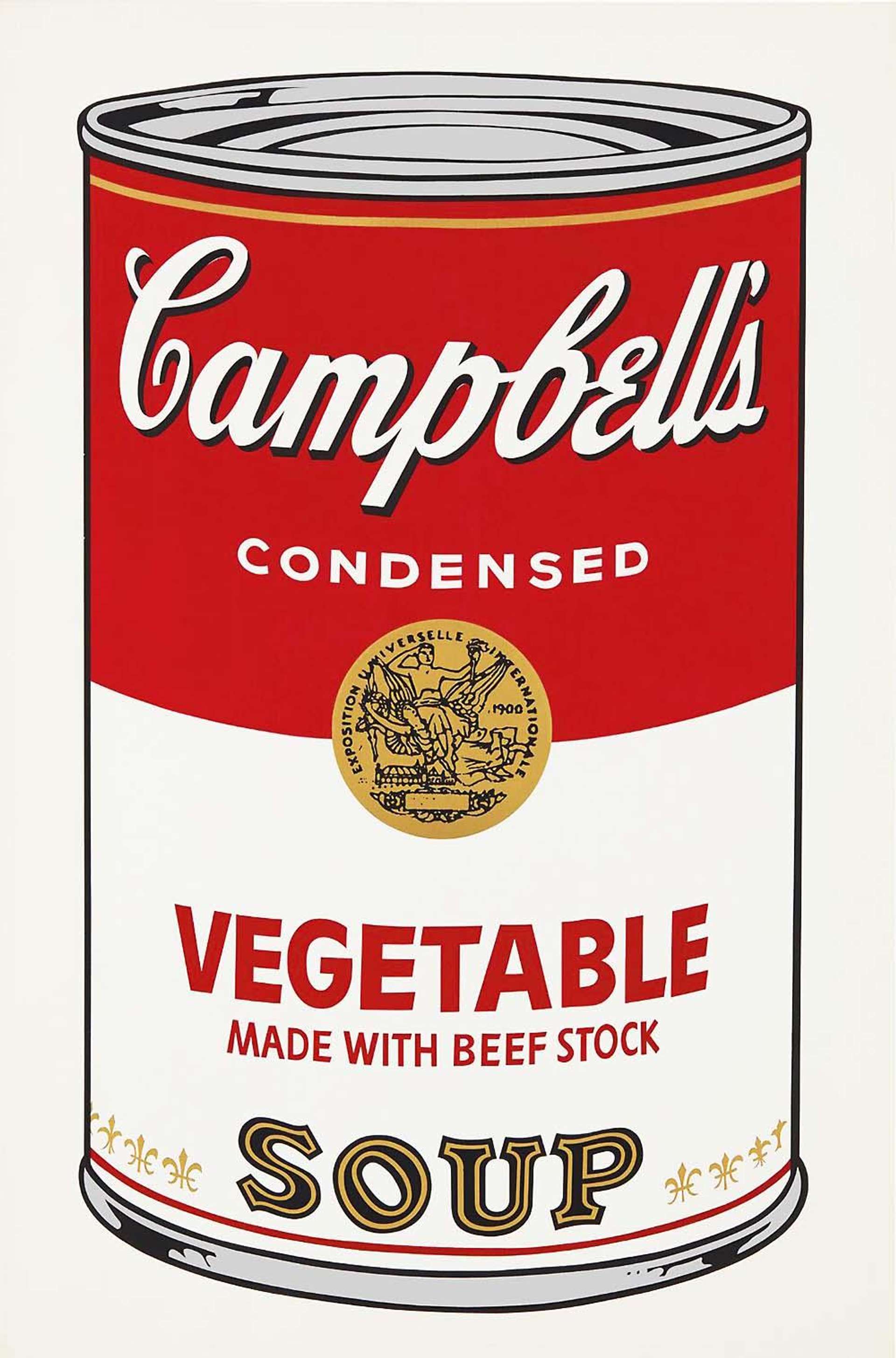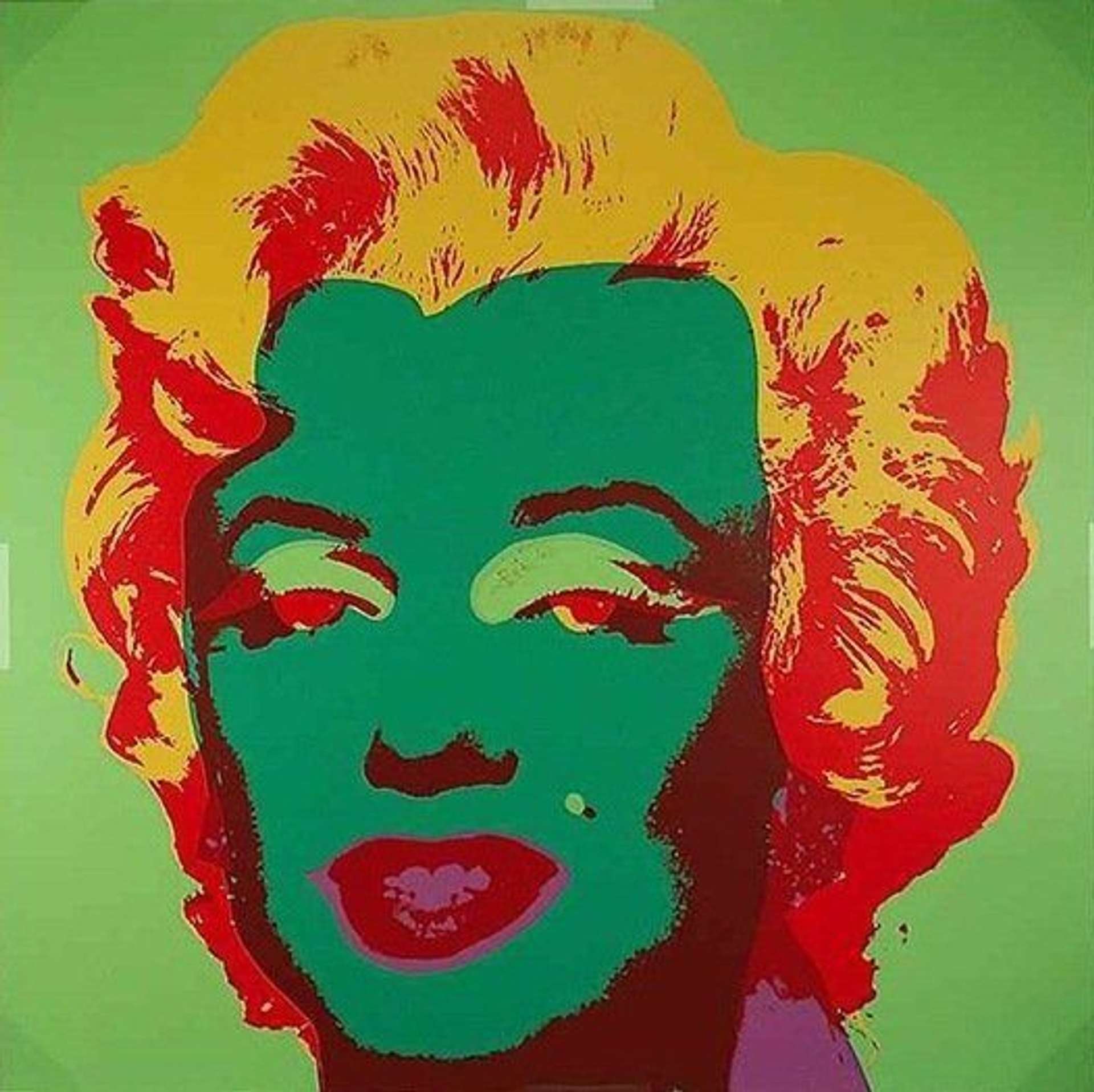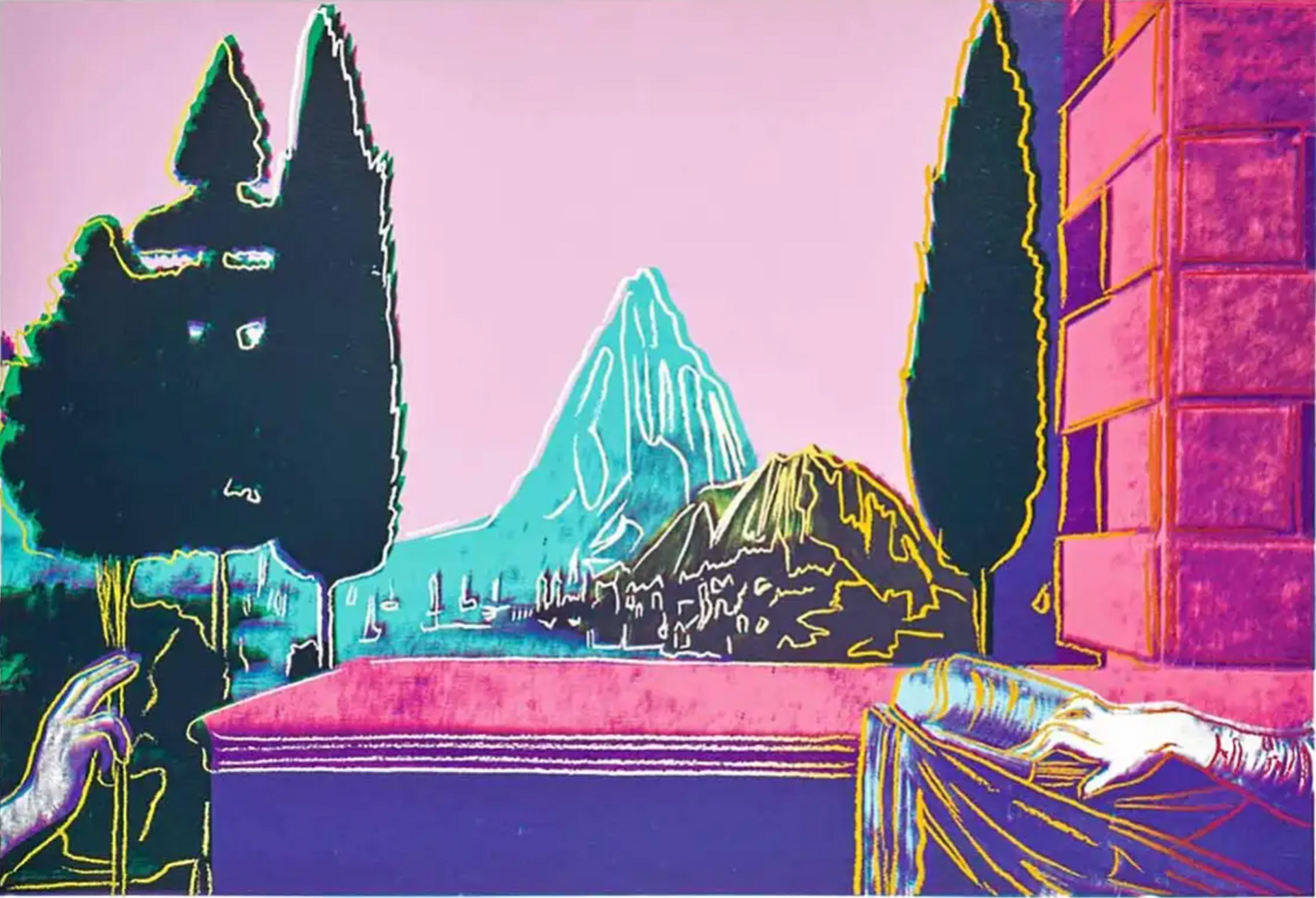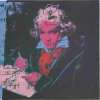Grace
Kelly
Created under commission in 1984 as a fundraiser for the ICA in Pennsylvania, where Andy Warhol and Grace Kelly both hailed from, Warhol’s portrait of actress Grace Kelly is a homage to Hollywood glamour. Warhol brings out Kelly’s natural elegance through a careful exactitude of flattering shadow and line.
Andy Warhol Grace Kelly for sale
Sell Your Art
with Us
with Us
Join Our Network of Collectors. Buy, Sell and Track Demand
Meaning & Analysis
Commissioned and published in 1984, Andy Warhol’s portrait of actress Grace Kelly is a testament to golden-age Hollywood glamour. Warhol had strong ties to the ICA who had put on his first solo show in 1965 which effectively launched his career as a fine artist. As well as being a classic beauty of the golden age of Hollywood, Kelly may have been chosen by Warhol as the subject for this series because of her own roots in Pennsylvania where her parents were actively involved with the college. The portrait is based on a still from Kelly’s first film Fourteen Hours, from 1951, and shows the actress looking defiantly at the camera her face tightly cropped so that her features and golden hair form the entire foreground of the image. Warhol has added his characteristic lines to the image transforming photo into drawing, and overlaid it with block colours that serve to enhance the contours and shadows of her iconic face.
He had first experimented with the method of screen printing in the early ’60s after beginning with lithography and monoprinting. Following the tragic death of Marilyn Monroe he took a publicity image and cropped it to enhance her features before enlarging and overlaying it into the icon we know today. Warhol was attracted to screen printing as a medium for its possibilities of repetition and appropriation. With just a few colors he could claim any celebrity as his own, tying his name to theirs in order to become almost as famous. Soon he was producing screen prints in industrial amounts thanks to the help of assistants in his New York Factory. His work was almost as widely proliferated as the media shots that it was sourced from and he was soon in demand for commissions from his patrons. At the same time he was a darling of the fashion and art scene, his retinue of models, musicians and muses lending him the air of a movie star. Though he famously predicted that everybody would be famous for 15 minutes Warhol proved himself to be an enduring figure, his timeless works of art both perfectly encapsulating a moment in time and remaining contemporary classics even today.
Known for her classic beauty, Grace Kelly was the ultimate celebrity. From her success as an actress, playing the icy blonde for Alfred Hitchock in Rear Window and Dial M for Murder amongst other famous roles, and her marriage to the Prince of Monaco in 1956 to her tragic death in a car accident in 1982, Kelly lived a life that could have been scripted straight out of one of her films for all its drama and romance.











